- Written By Team DWS
- Festivals
- June 23, 2025
Goga Navami: The Festival of Blessings from the Serpent God
Goga Navami, a festival deeply rooted in the cultural and spiritual fabric of India, celebrates the revered figure of Goga, a deity associated with serpents, especially the Nagas. Observed primarily in northern and western regions of India, this festival is celebrated with fervor and devotion, often marked by rituals that reflect the bond between humans and the sacred serpent. With its rich blend of folklore, spiritual significance, and agricultural traditions, Goga Navami stands out as a unique expression of faith and community.
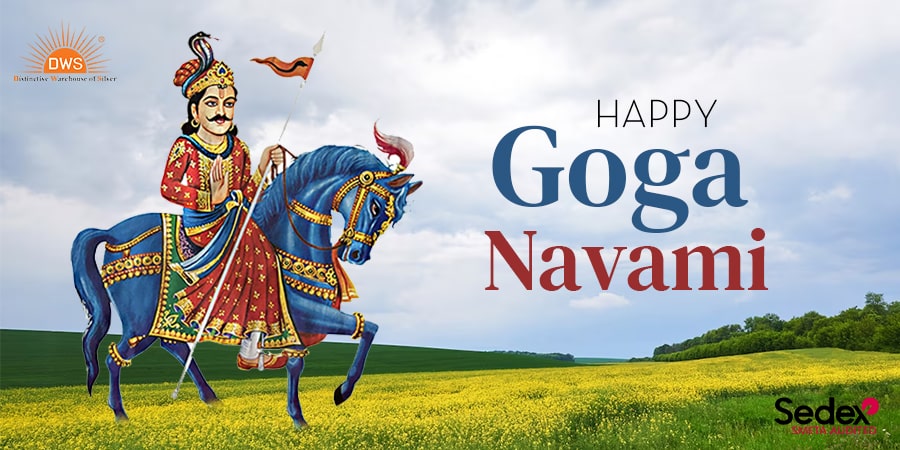
Historical Background
Goga Navami is observed on the ninth day (Navami) of the Shukla Paksha (the waxing phase of the moon) in Bhadrapada, typically occurring in August or September. The origins of Goga, or Goga Bappa, can be traced back to ancient scriptures and local folklore, wherein he is believed to be an incarnation of the serpent god, Naga. According to popular legends, Goga is revered as a protector against snake bites and other calamities. People pray to him for blessings, health, and prosperity, especially keeping agricultural fears at bay, since in many rural communities, snakes are often associated with the fertility of the soil.
The Significance of Goga Navami
The festival resonates with two primary themes: reverence for nature and the role of spirituality in day-to-day life. Agriculture is the backbone of many communities, and the blessing of Goga is sought to protect crops and livestock from dangers, including serpents. On this day, devotees typically engage in various rituals and celebrations, emphasizing divine protection and the importance of harmony with nature.
Interestingly, Goga is not merely a figure associated with fear of snakes; he embodies the underlying belief that nature can pose threats but also rewards. In many traditional agricultural practices, adverse events such as failing crops or drought are often attributed to the displeasure of local deities including Goga. Thus, this festival acts as a reminder of the interdependence between humankind and the natural world, where divine blessings are solicited for bountiful outcomes.
Celebratory Rituals and Practices
Celebrations of Goga Navami vary widely across regions, but they often include similar elements: community gatherings, folk songs, and traditional foods. On this day, devotees adorn their homes with fresh flowers, often incorporating various colors and fragrant items to honor Goga. Rituals typically entail creating a symbolic representation of the serpent, sometimes constructed using clay or other materials, adorned with jewelry and cloth as a mark of respect.
A central element of Goga Navami is the recitation of specific mantras and prayers dedicated to the deity. Many individuals visit temples dedicated to Goga or local shrines situated in rural areas. In some communities, custom dictates the preparation of special offerings, including boiled food, rice, and sweets, which are presented to Goga as gratitude for past blessings or as a prayer for future ones.
In villages, the festival frequently involves elaborate processions featuring decorated horses—an offering symbolizing the strength and might of Goga. These festivities become occasions for social bonding, as families and friends come together, engaging in celebratory dances, music, and traditional games.
Connection to Folklore
The myriad tales surrounding Goga speak deeply to the hearts of devotees. According to popular legends, Goga is seen riding a horse, often accompanied by a retinue of smaller deities, engaging in fierce battles against evil serpents to protect his devotees. These stories, reinforced through oral traditions, provide not only a spiritual connection to Goga but also instill moral values like bravery and the pursuit of righteousness.
Many folklore narratives also illustrate Goga as a mediator between humans and the divine, possessing the power to heal the afflicted and grant wishes. In remote areas, trusting in Goga’s blessings can lead to a sense of security and an uplifting belief that no harm will come from the natural world surrounding them.
Conclusion: A Celebration of Life and Nature
Goga Navami serves as a beautiful reminder of the cyclical relationship between nature, faith, and community. It provides an opportunity for people to come together, regenerate their spirit, and renew their faith in the consonance of life marked by fear, hope, and gratitude. For many, Goga Navami is more than just a day of celebration; it stands as an expression of respect toward the unseen forces in nature that influence human existence.
As the festival unfolds each year, it continues to imbue contemporary life with lessons from the past, encouraging communities to honor traditions that celebrate the beautiful balance between nature and human ambition, encapsulated within the blessings of Goga, the serpent god. With its rich tapestry of rituals and stories, Goga Navami reminds us to honor the earth and the forces that give life. Whether through prayer, communal activities, or festival foods, each aspect of Goga Navami invites individuals to reconnect not only with their cultural heritage but also with the environment that sustains them. This festival serves as a vibrant platform for storytelling and sharing, where generational wisdom is passed down, and the values of stewardship and sustainability are reinforced. As families gather to partake in time-honored customs, they reinforce their bonds with one another and with their surroundings, fostering a deep-seated appreciation for the intricate interconnectedness of all life. In this way, Goga Navami transcends mere festivity; it emerges as a profound journey of reflection and reconnection, urging society to cultivate a harmonious relationship with both tradition and nature, affirming that in honoring the divine forces of the earth, we ensure the continued flourishing of both community and environment.

Goga Navami FAQs: Everything You Need to Know About the Festival
Here are some frequently asked questions (FAQs) about Goga Navami:
Q1: What is Goga Navami?
A1: Goga Navami is a Hindu festival celebrated primarily in parts of Northern India, particularly in Haryana, Punjab, and surrounding regions. It is dedicated to Goga, a popular folk deity associated with snakes and agriculture, and is typically observed on the ninth day of the Shukla Paksha (waxing phase of the moon) in the month of Bhadrapada.
Q2: What is the significance of Goga Navami?
A2: Goga Navami is significant for honoring Lord Goga, who is believed to protect devotees from snake bites and other dangers. The festival is also associated with the harvest season, symbolizing prosperity and fertility in agricultural communities.
Q3: How is Goga Navami celebrated?
A3: Celebrations typically include rituals and prayers at temples, offerings of milk and sweets to the deity, and organizing processions. Some devotees participate in special pujas (ceremonial worship), and there may be fairs featuring traditional music, dance, and cultural performances.
Q4: Are there any specific customs or traditions associated with Goga Navami?
A4: Yes, customs may vary by region, but common practices include tying a thread on trees as a symbol of protection, performing rituals to ward off evil spirits, and making offerings to Goga. In certain areas, devotees may engage in dancing and singing folk songs during the festivities.
Q5: Is Goga Navami related to any other festivals?
A5: Goga Navami may overlap with or be similar to other festivals dedicated to snake deities, such as Nag Panchami, which is celebrated to honor the Nagas (serpent deities) and seeks protection from snake bites.
Q6: Who can participate in Goga Navami celebrations?
A6: Anyone is welcome to participate in the celebrations, regardless of their background. It is an inclusive festival, and many communities come together to honor Lord Goga and enjoy the festivities.
Q7: What are some traditional foods associated with Goga Navami?
A7: Devotees often prepare and offer traditional sweets, like kheer and halwa, as well as savory items. Foods made with milk and rice are particularly common, as they are offered during the puja.
Q8: Are there any special prayers or mantras recited during Goga Navami?
A8: Yes, many devotees recite specific prayers and mantras dedicated to Lord Goga. These prayers are meant to invoke his blessings for protection and prosperity.
Q9: Can Goga Navami be celebrated outside of India?
A9: Yes, Goga Navami can be celebrated by Indian communities around the world. Many expatriates may observe the festival by conducting prayers at home or in local temples, often recreating the traditional customs and rituals.
Q10: What is the historical background of Goga Navami?
A10: Goga is believed to be a historical figure who became deified over time. Legendary tales about his life describe him as a divine protector from snakes. The festival has evolved into a local celebration that combines folklore, spirituality, and the agricultural cycle of life.
These FAQs provide a comprehensive overview of Goga Navami, its significance, customs, and ways to celebrate.
Popular on Blogs
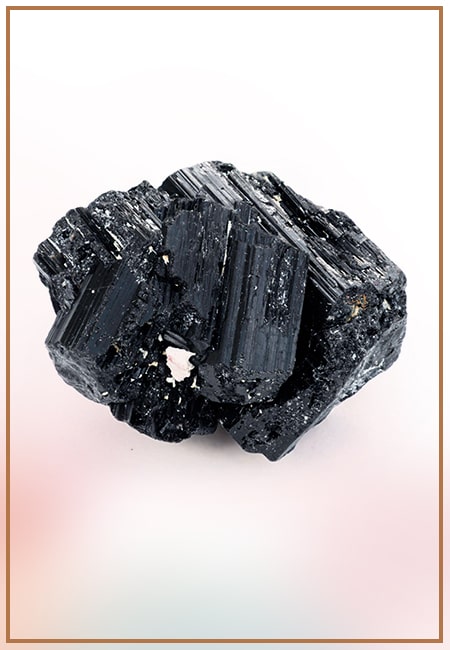
Black Tourmaline: Meaning, Healing Properties, Fascinating Facts, Powerful Attributes, Versatile Uses, and Beyond
September 05, 2023 / BY Team DWS
Black Tourmaline, also known as Schorl, is a highly revered crystal with incredible metaphysical properties. It derives its name from the Dutch word "turamali," meaning "stone with ..
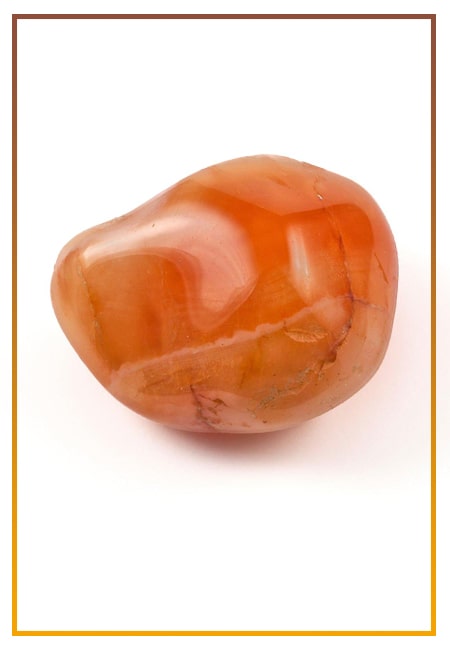
Carnelian Stone: Meaning, Healing Properties, Power, Facts, Color, Uses and More
December 26, 2023 / BY Team DWS
Carnelian is a vibrant and captivating gemstone that holds a plethora of meanings, healing properties, and powers. Its warm and fiery energy makes it a popular choice among crystal ..
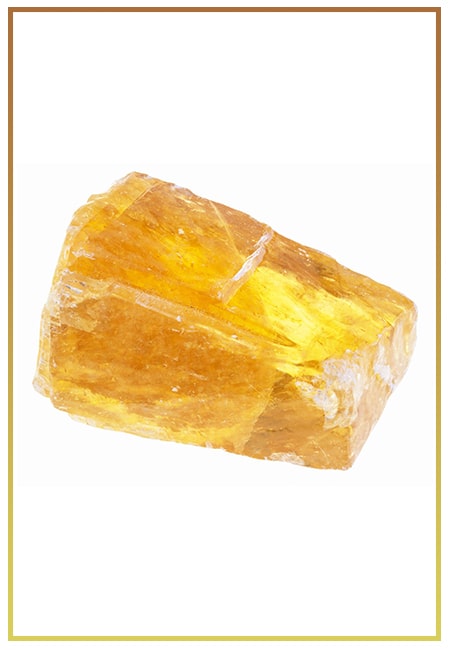
Citrine: Exploring its Meaning, Healing Properties, Fascinating Facts, Powers, Versatile Uses, and Much More
November 18, 2023 / BY Team DWS
Citrine, with its warm golden hues, has captured the attention and imagination of people for centuries. This beautiful gemstone, commonly associated with wealth and prosperity, hol ..

Black Onyx: Unveiling the Meaning, Healing Properties, Fascinating Facts, Powerful Attributes, Versatile Uses, and Beyond
July 25, 2023 / BY Team DWS
Black Onyx, a striking gemstone admired for its deep black hue and elegant appearance, has captivated people for centuries. In this comprehensive guide, we will delve into the mean ..
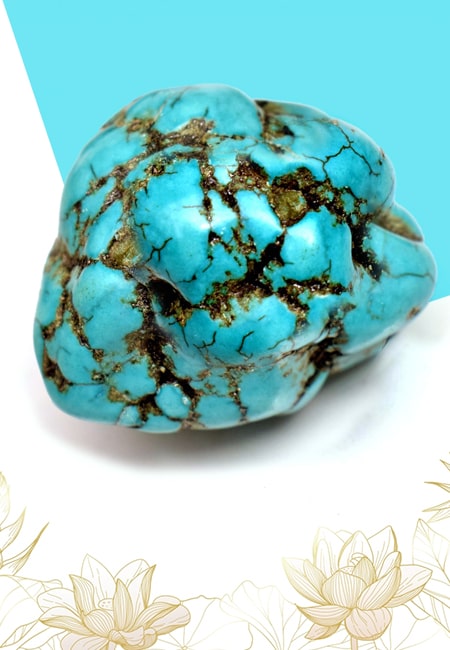
Unveiling the Mysteries of Turquoise Stone: Exploring its Meaning, Healing Properties, Power, Facts, Color, Uses, and More
December 05, 2023 / BY Team DWS
Turquoise, with its captivating blue-green hue, has been adorning jewelry and artifacts for centuries. This striking stone has a rich history, rich symbolism, and a plethora of int ..
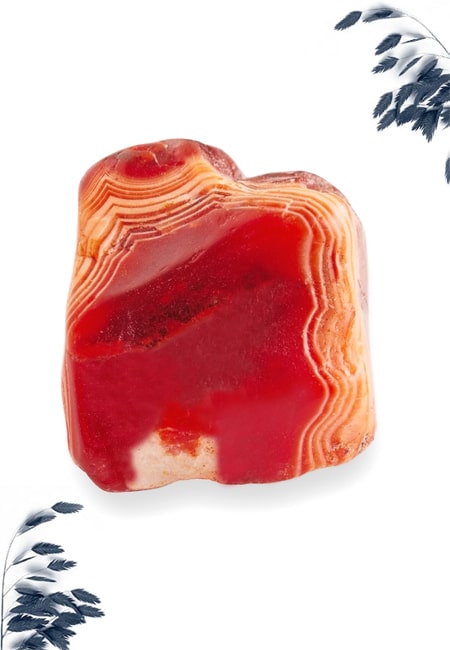
The History Behind The Popularity of Red Agate
December 23, 2022 / BY Team DWS
An Agate is a type of magma rock that takes many years till it is washed out naturally into the water. And that is the reason this stone has elements of water. This beautiful stone ..

Plan a Perfect Valentine's Week with Our Valentine Week List 2025
January 22, 2024 / BY Team DWS
Valentine's Day is undoubtedly the most romantic day of the year, but we believe that one day is just not enough to express your love and make your partner feel special. That's why ..

Bloodstone: Unveiling the Meaning, Healing Properties, Facts, Powers, Uses, and More
August 21, 2023 / BY Team DWS
Bloodstone, with its captivating deep green color with specks of red, is a mesmerizing gemstone that has fascinated civilizations for centuries. It possesses unique healing propert ..


